The modern British: an architectural account of The Manser Practice
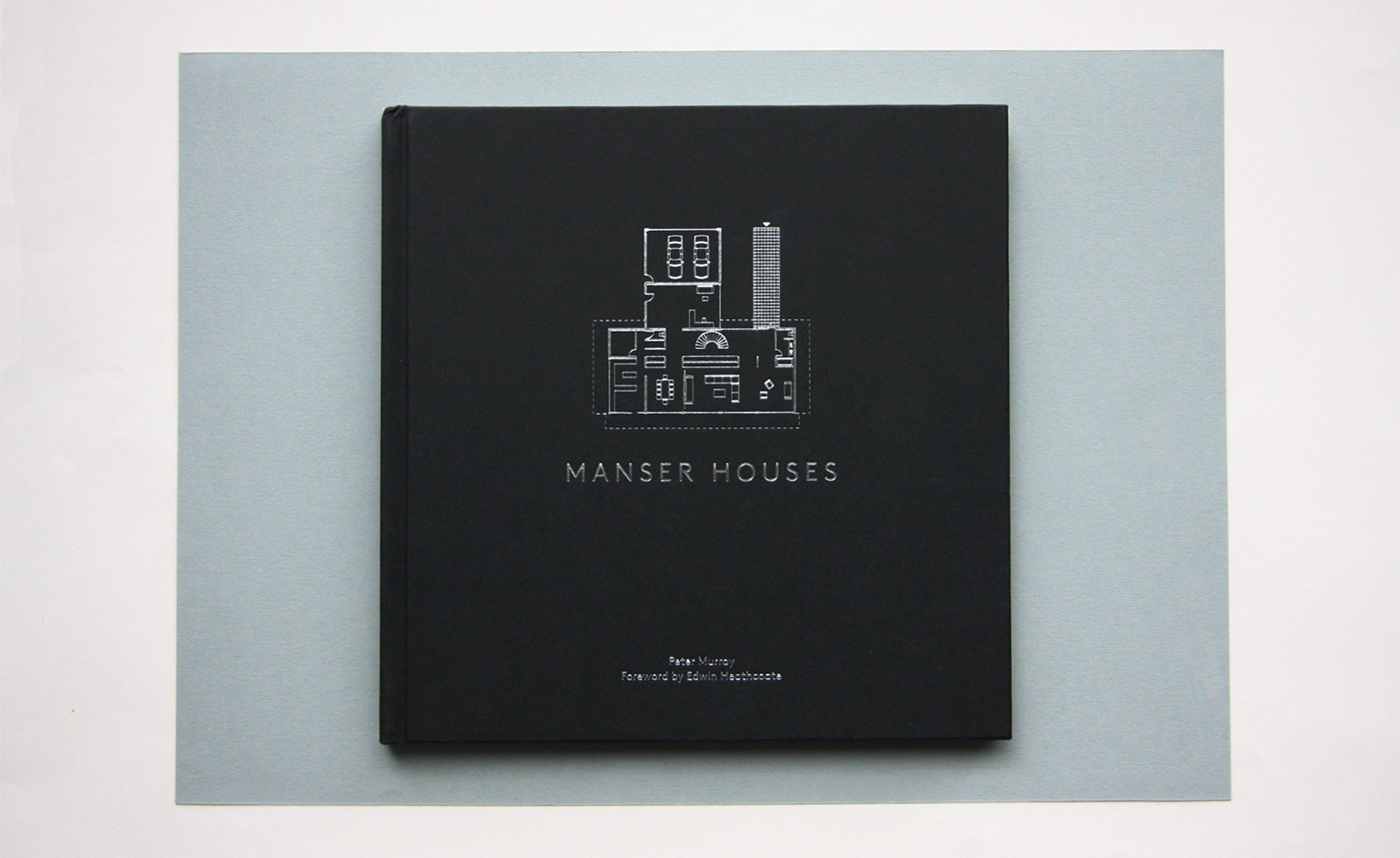
We tend to forget that the Modern House had a rough ride in Britain. Today, contemporary architecture is in high demand, and to live in a sleek modern house is, for many, the ultimate in aspirational living. Manser Houses charts the domestic work of a pivotal firm in the genesis of contemporary British modernism.
Michael Manser, and later his son Jonathan, have overseen the design of a clutch of elegant and original houses, building on the spirit of post-war American modernism, adapted for the sites and landscapes of the UK. Not for nothing is the RIBA's annual award for best new house known as the 'Manser Medal'.
The firm's new monograph explores each house in detail, providing an overview of the transition from struggling self-builders to purveyors of some of the most elegant contemporary houses in the country.
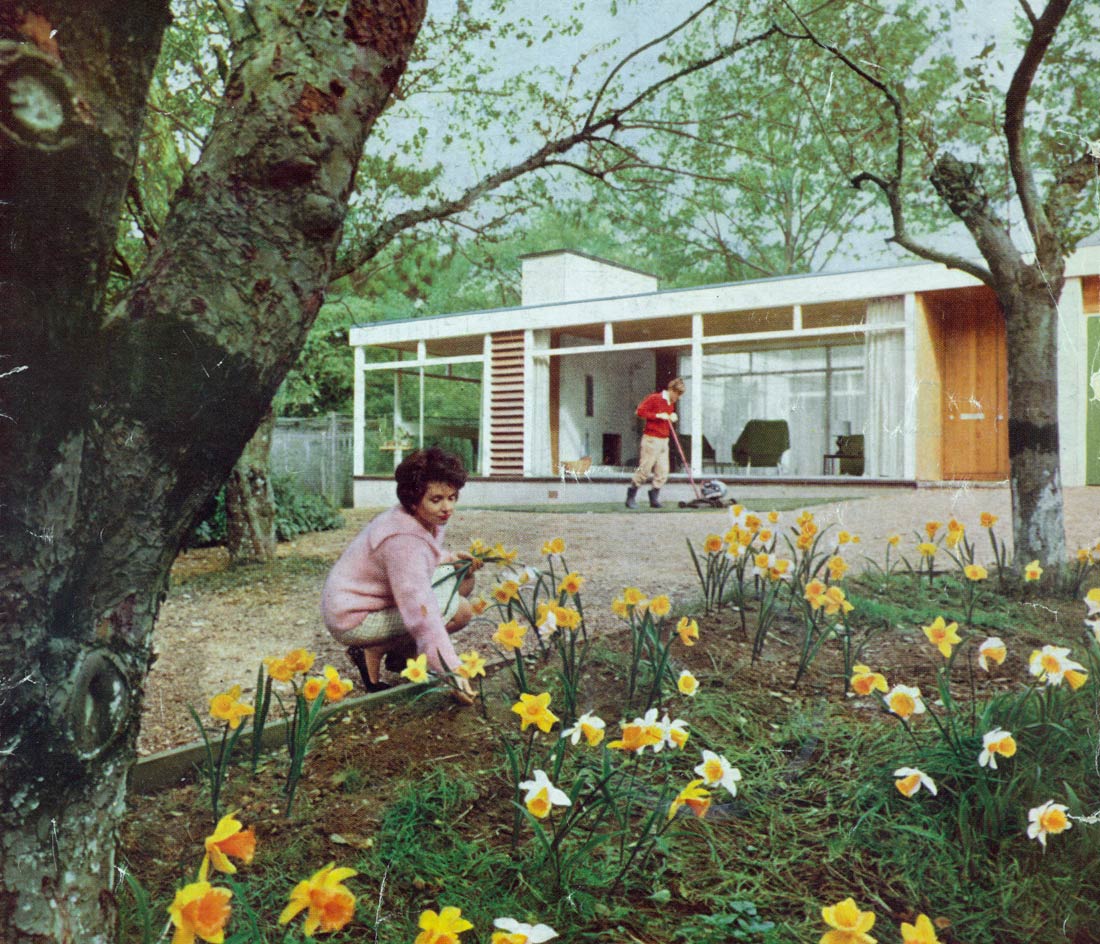
Michael Manser, and later his son Jonathan, have overseen the design of a clutch of elegant and original houses, building on the spirit of post-war American modernism. Pictured from the book: Golden Grove, Surrey, 1960. Michael Manser designed this house in the centre of an orchard as a home for his young family.
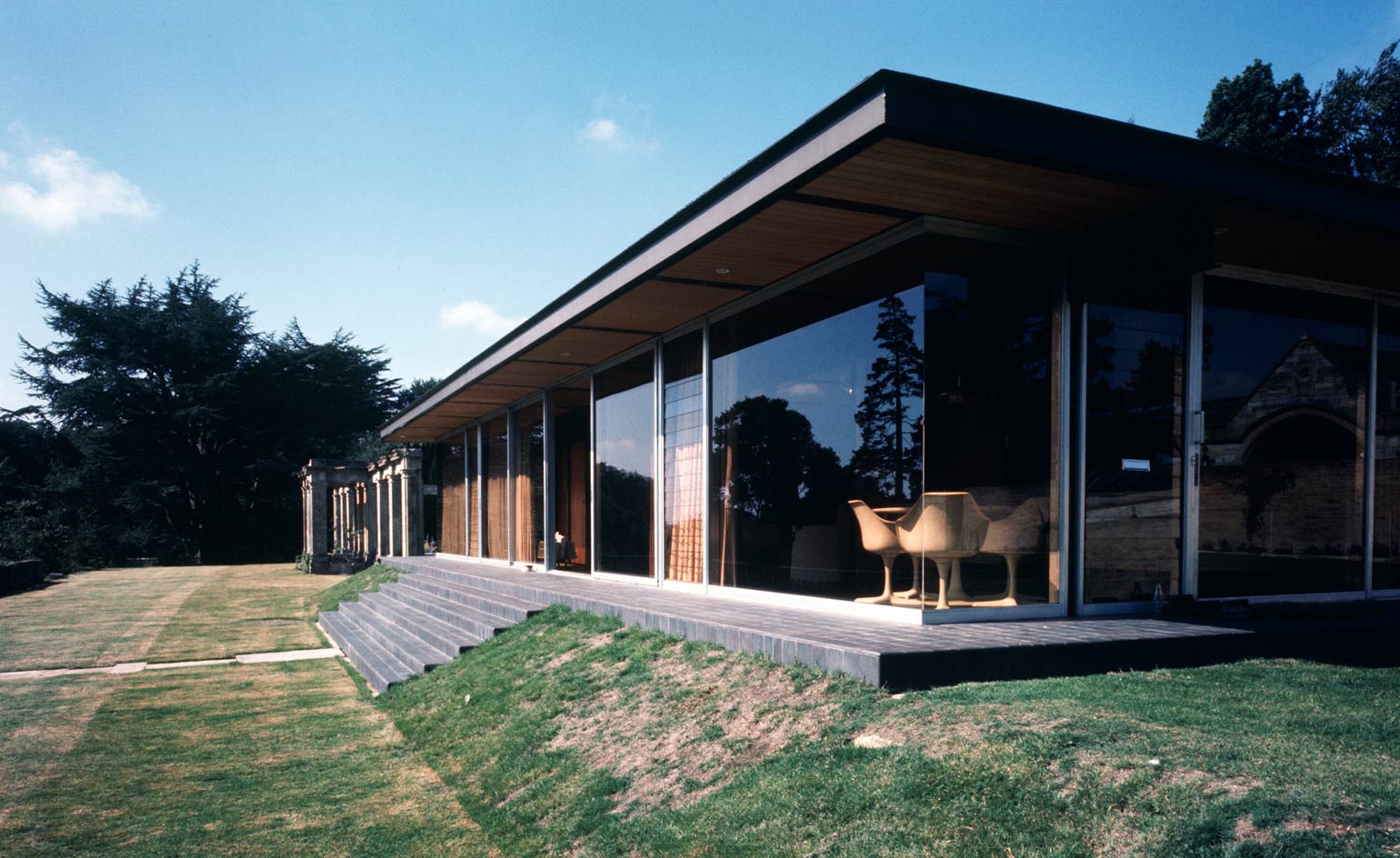
Capel Manor House, Kent, 1971. The property was designed to give a sense of openness with panoramic views of the countryside.
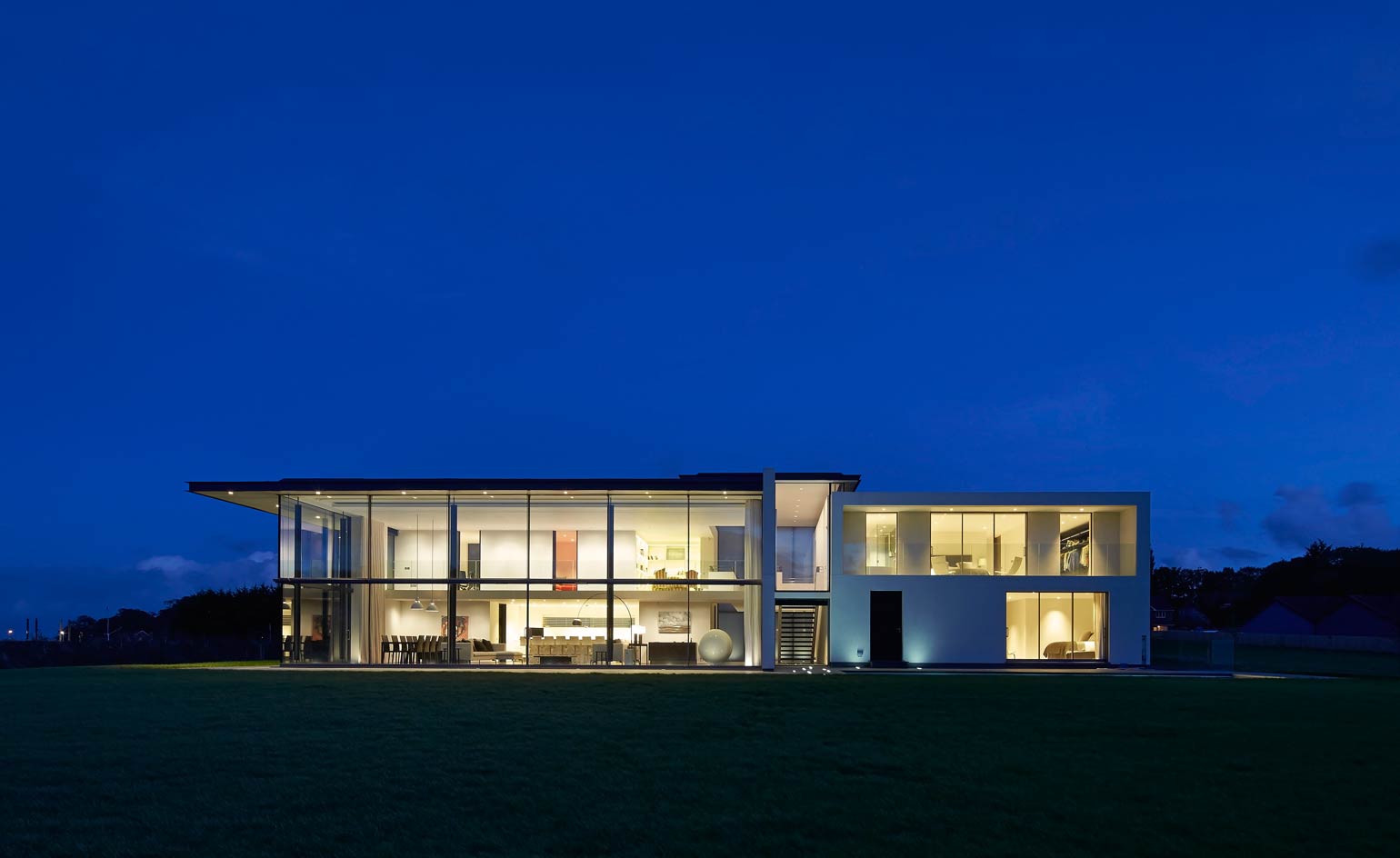
Yachtsman's House, Isle of Wight, 2014; the house was awarded 'One-Off Home of the Year' at the 2014 Sunday Times British Home Awards.
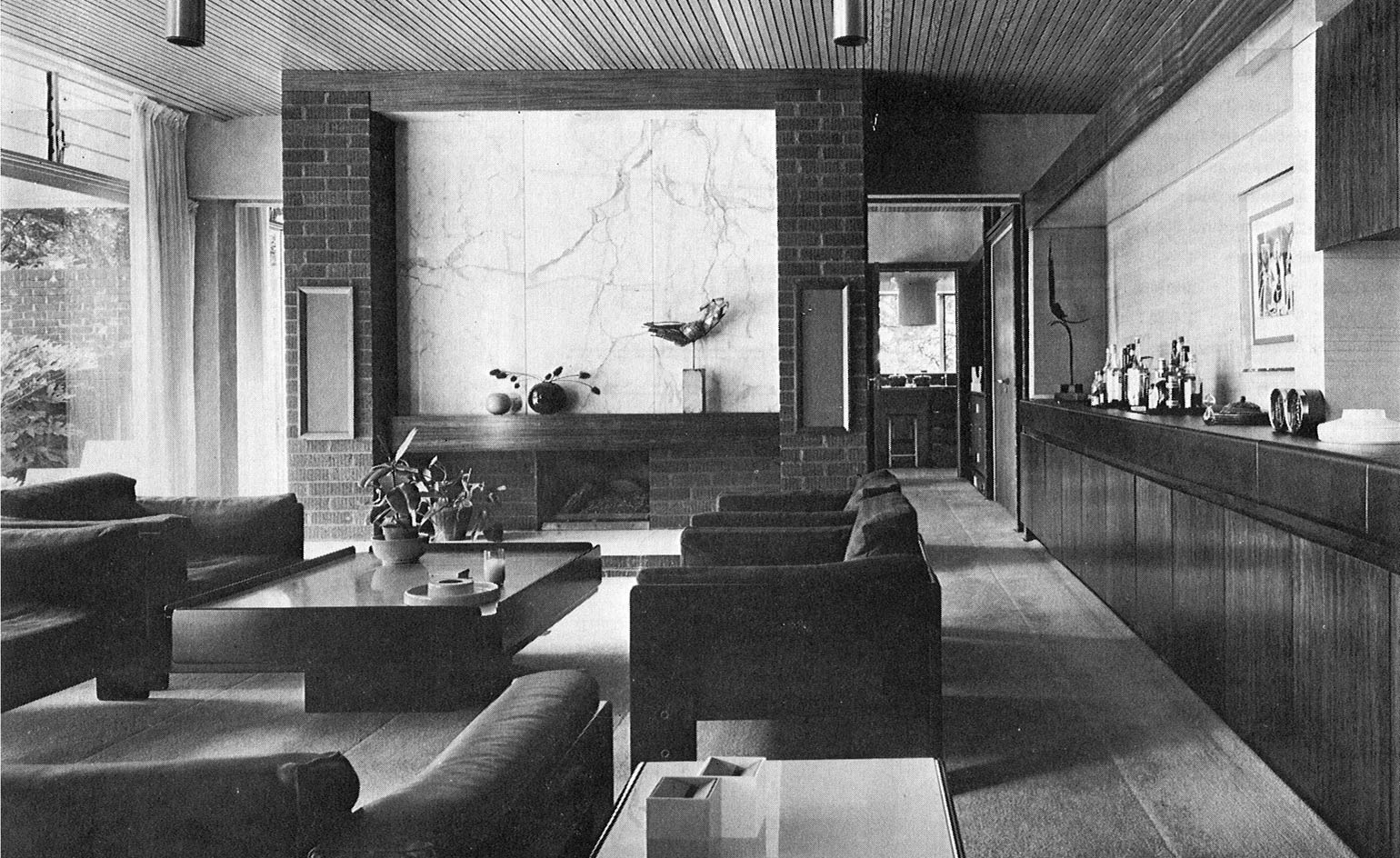
Armstrong House, Surrey, 1970. This house is designed in a U-shape around a south facing courtyard garden.
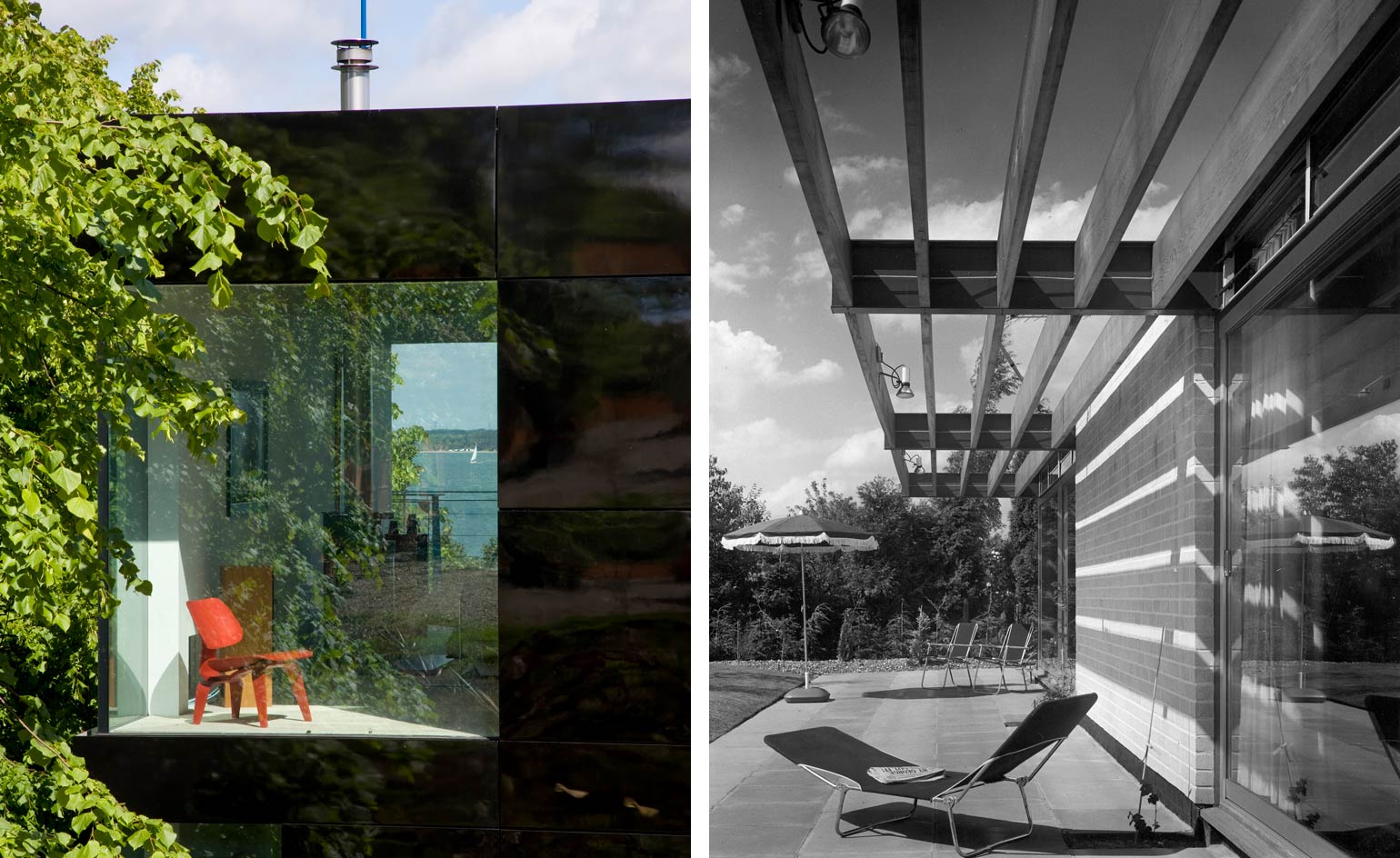
Left: Welch House, Isle of Wight, 2009 – a two-storey box balanced on a teardrop shaped concrete tube fixed to the hillside. Right: Armstrong House, Surrey, 1970.
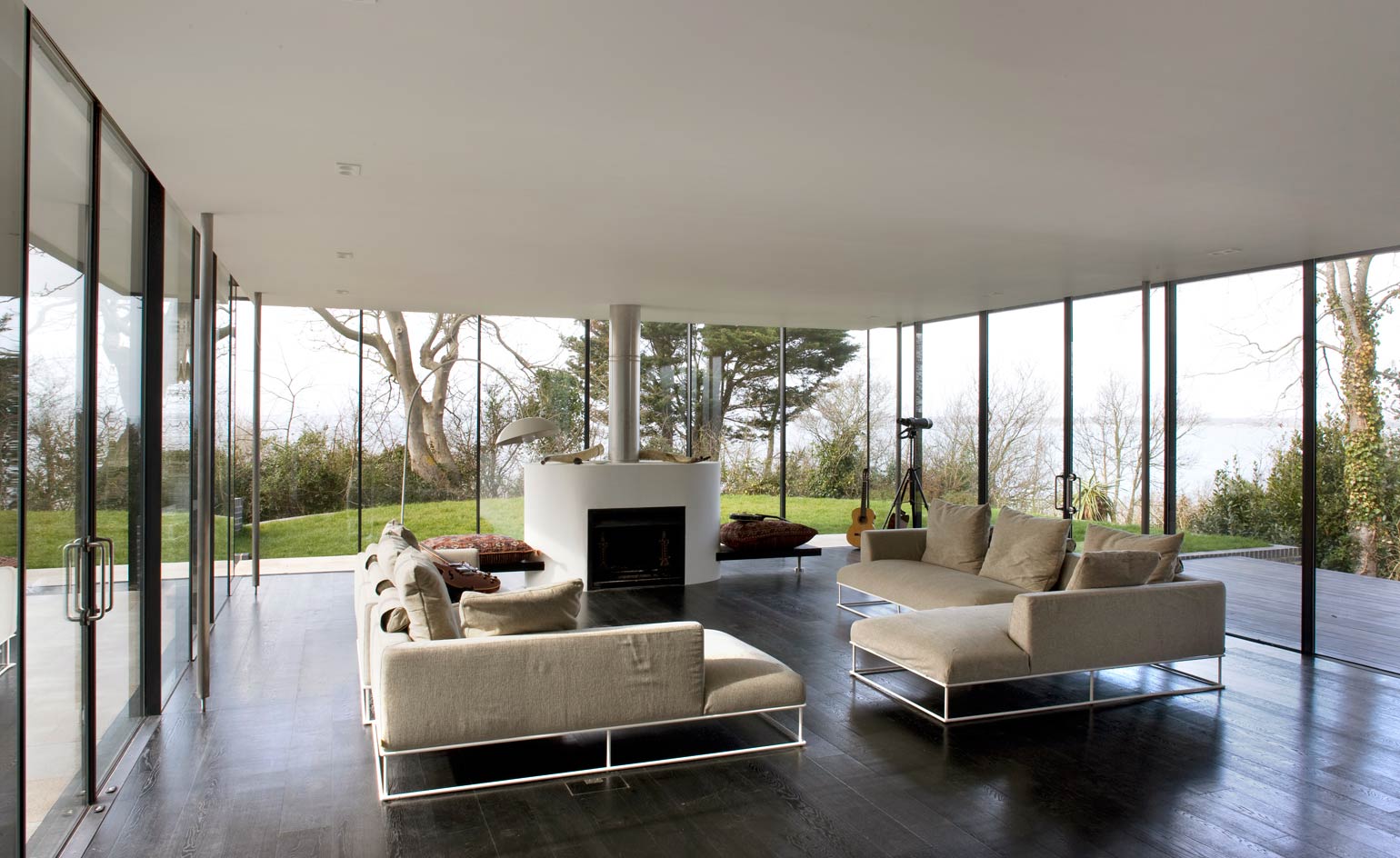
Sea Glass House, Isle of Wight, 2008. Initially a 1960s bungalow extension, Manser developed this into a five bedroom house overlooking the sea.
Wallpaper* Newsletter
Receive our daily digest of inspiration, escapism and design stories from around the world direct to your inbox.
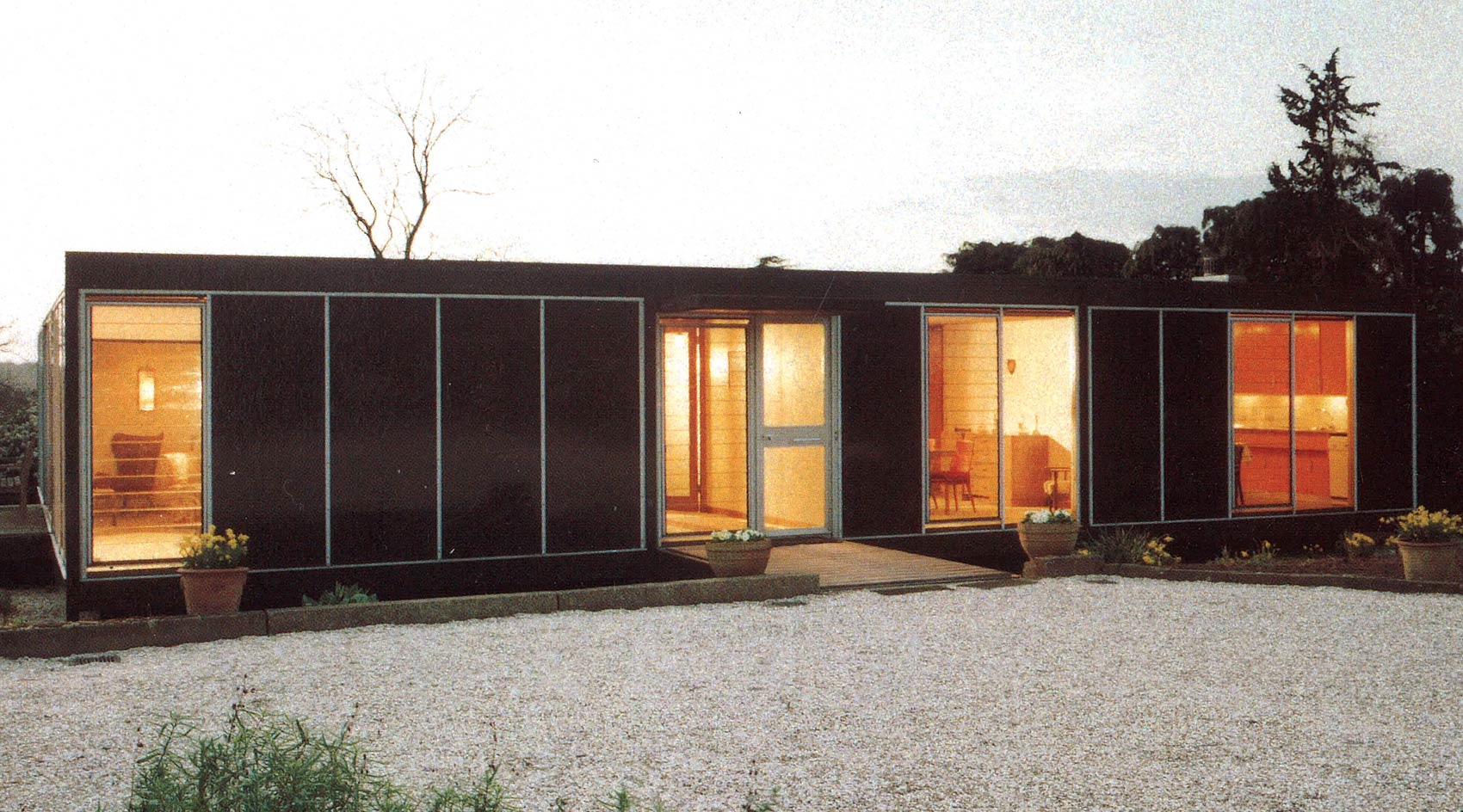
Forest Lodge, Surrey, 1965. An early steel framed British house, it is raised above the ground on steel stilts and designed for flexibility.
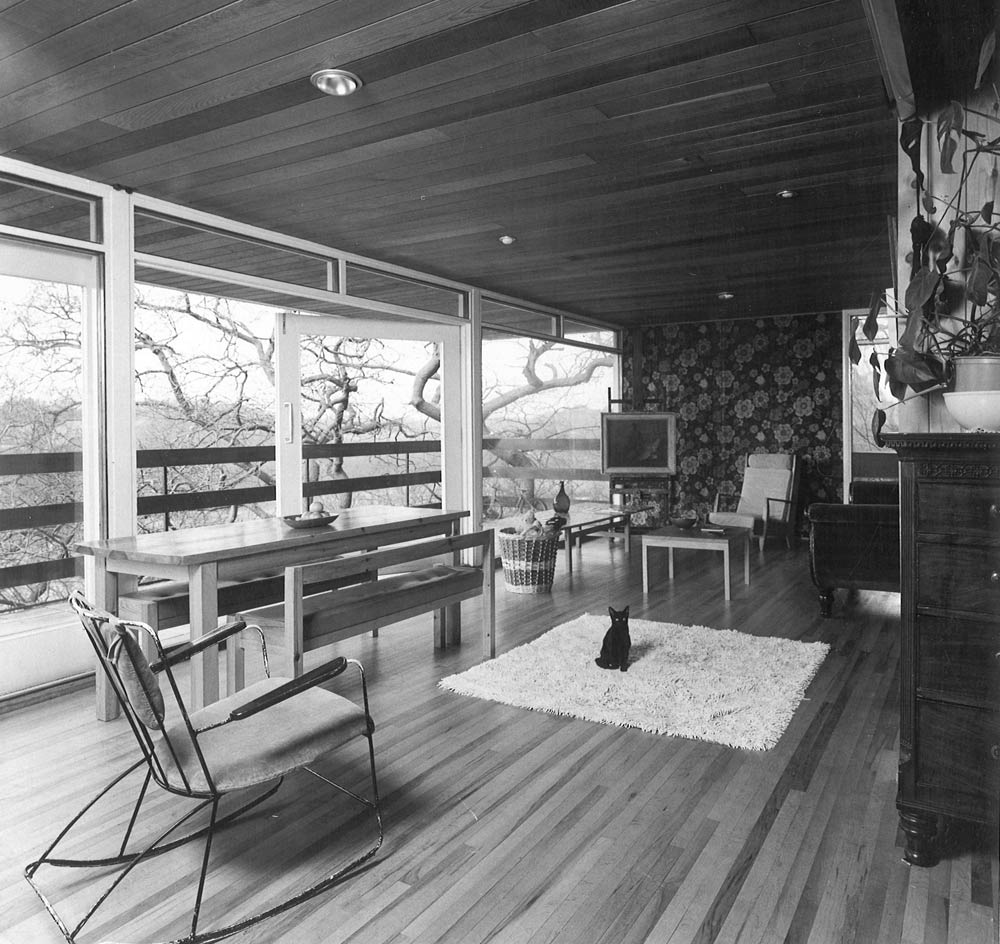
Cliff Hanger, Surrey, 1962. This was one of Manser's more daring and budgeted projects; an L-shaped concrete retaining wall supports a Meccano-like steel frame.
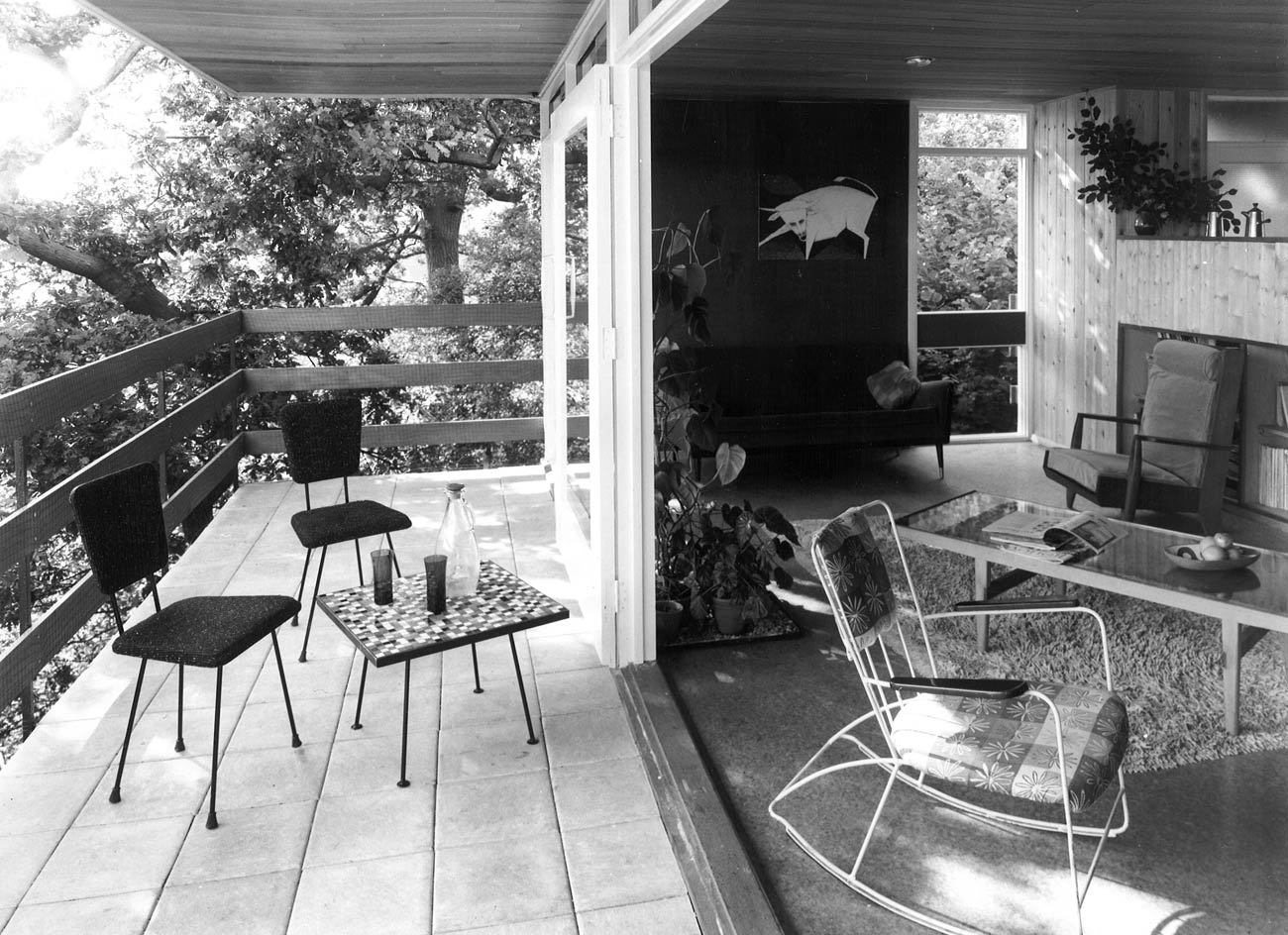
Cliff Hanger, Surrey, 1962
Jonathan Bell has written for Wallpaper* magazine since 1999, covering everything from architecture and transport design to books, tech and graphic design. He is now the magazine’s Transport and Technology Editor. Jonathan has written and edited 15 books, including Concept Car Design, 21st Century House, and The New Modern House. He is also the host of Wallpaper’s first podcast.
-
 All-In is the Paris-based label making full-force fashion for main character dressing
All-In is the Paris-based label making full-force fashion for main character dressingPart of our monthly Uprising series, Wallpaper* meets Benjamin Barron and Bror August Vestbø of All-In, the LVMH Prize-nominated label which bases its collections on a riotous cast of characters – real and imagined
By Orla Brennan
-
 Maserati joins forces with Giorgetti for a turbo-charged relationship
Maserati joins forces with Giorgetti for a turbo-charged relationshipAnnouncing their marriage during Milan Design Week, the brands unveiled a collection, a car and a long term commitment
By Hugo Macdonald
-
 Through an innovative new training program, Poltrona Frau aims to safeguard Italian craft
Through an innovative new training program, Poltrona Frau aims to safeguard Italian craftThe heritage furniture manufacturer is training a new generation of leather artisans
By Cristina Kiran Piotti